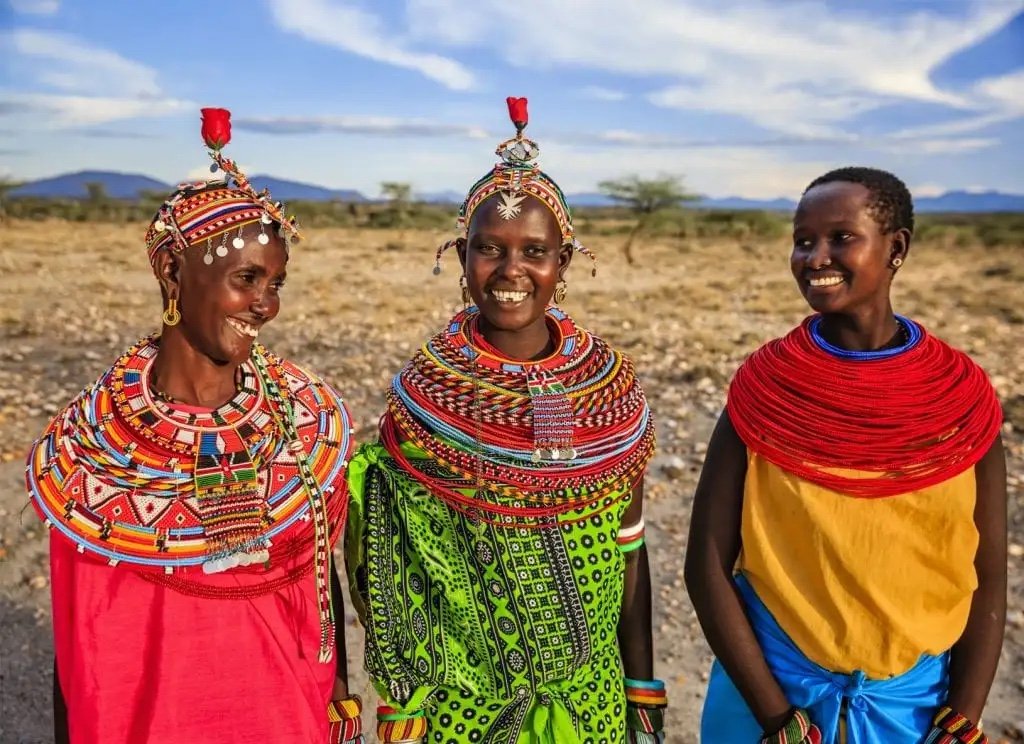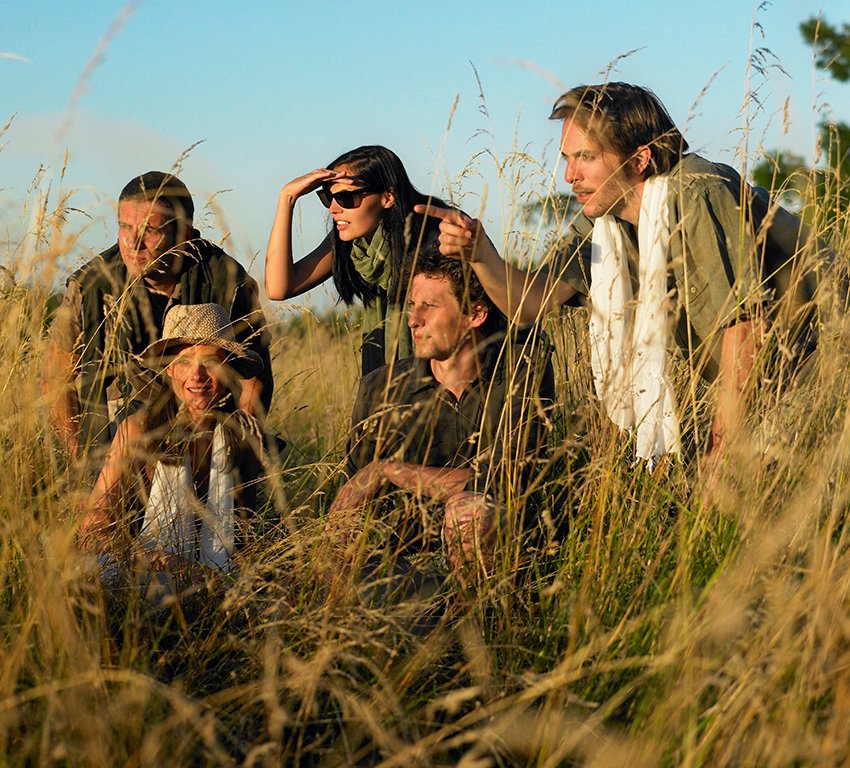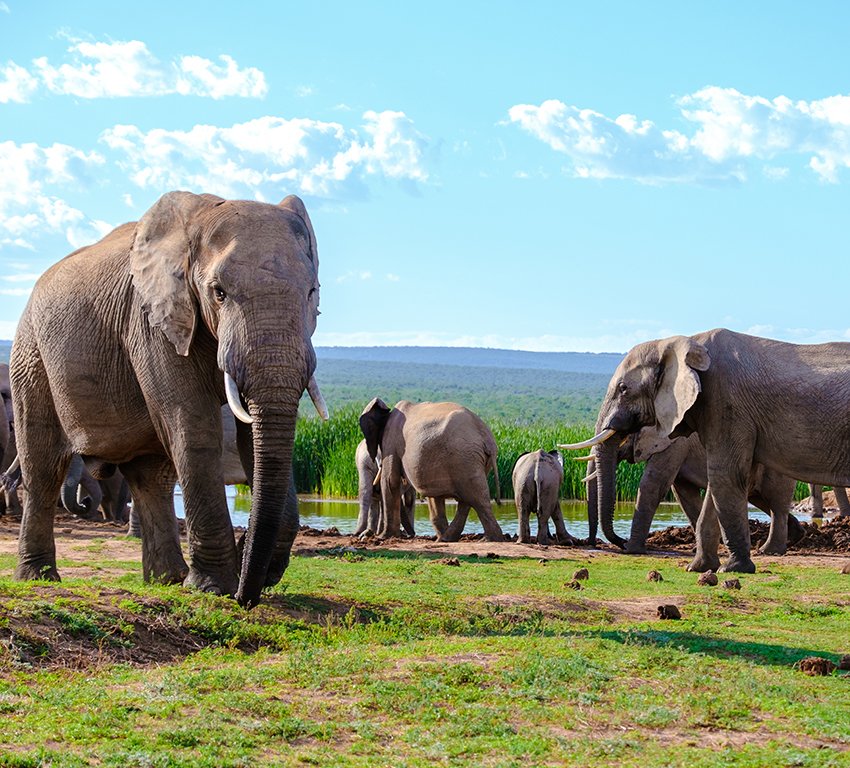Colors of Tradition: Maasai Traditional Clothing and Adornments
Maasai traditional clothing is characterized by its vibrant colors, intricate beadwork, and unique style. Here are some key details about Maasai traditional attire:
- Shuka: The primary garment worn by Maasai men and women is called a “shuka.” It is a rectangular piece of fabric made from woven cotton or sometimes wool. Shukas are typically red, though other colors like blue, purple, and plaid patterns are also used. The vibrant hues of the shuka reflect the Maasai’s love for bold and flamboyant colors.
- Beadwork: Beadwork is an integral part of Maasai traditional clothing. Both men and women adorn themselves with intricate beadwork, which holds cultural significance and communicates various messages. The beadwork often represents Maasai identity, age, marital status, and social standing. Beadwork is applied to necklaces, bracelets, headbands, belts, and even on clothing itself.

- Esipelu (Headgear): The Maasai wear headgear known as “esipelu” or “olokirri.” These headpieces are made with a combination of beads, fabric, and sometimes feathers. They are often worn by both men and women during ceremonies, dances, or important social gatherings. The esipelu adds a distinctive touch to the Maasai attire, enhancing their regal appearance.
- Eneko (Footwear): Maasai traditional footwear is known as “eneko.” These sandals are crafted from recycled car tires. The soles are made by cutting and shaping the tires, while leather or fabric straps hold them to the feet. The eneko not only provide protection but also represent the Maasai’s resourcefulness and sustainability, utilizing materials readily available to them.
- Jorongo: In colder weather, the Maasai may wear a long, cape-like garment called a “jorongo.” The jorongo is made from animal skins, usually cow or goat hides, and is designed to provide warmth and protection from the elements. The outer side is often adorned with beadwork or painted motifs, showcasing the creativity and individuality of each Maasai.
It’s important to note that while Maasai traditional clothing holds deep cultural significance, many Maasai individuals also wear modern Western attire in their daily lives, especially when engaging with a more urban lifestyle. However, during ceremonial events, cultural celebrations, and visits to traditional villages, the Maasai proudly showcase their distinct traditional clothing, honoring their heritage and preserving their unique identity.













